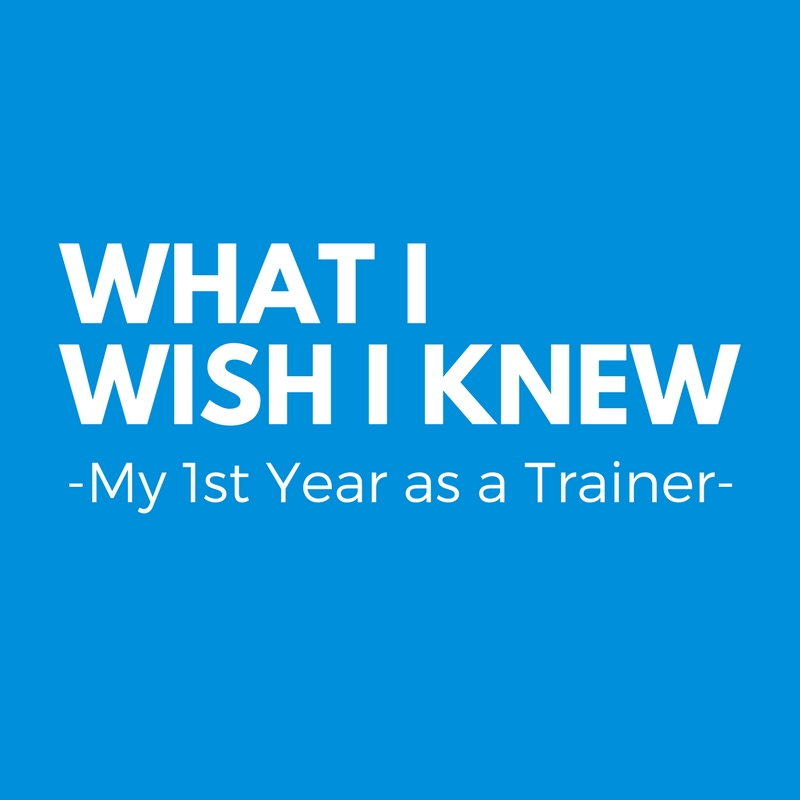It’s tough to have career longevity by personal training clients anytime, anywhere without additional streams of income. You run out of either money, energy or both. Don’t let this profession that you’re so passionate about end before it gets a chance to really begin.
Being a personal trainer, in my opinion, is one of the best career choices for someone who is passionate about fitness and helping people achieve their goals. There are many perks, like waking up each day to a job you love, making your own schedule, building lasting relationships with your clients and the satisfaction of helping them reach their goals.
However, there are drawbacks when it comes to time management and scheduling. Typically, we’re working when others are not, most of our clients will be available to train with us early in the morning and in the evening. This leaves a size-able gap of time during the day when our friends and clients are at work or school. These hours can interfere with our social life and can be frustrating. The key to a successful career in the fitness industry is knowing how to maximize your time and take advantage of alternate ways of earning income based on your areas of expertise.
It took me a few years to learn the strategies I’m going to share with you that have made my career and, more importantly, my life more fulfilling. There are a few main concerns that I had when I first started out and they were:
- How can I increase my per hour rate?
- How can I fill my mid-day with clients so I don’t need to work split shifts all the time?
- How can I leverage my expertise to earn income on top of my per session
rates?
I figured that if I could answer all three of these questions that I would be able to create a more efficient schedule, enjoy a fulfilling career, and increase my income. And boy was I right! There are many ways to be more productive and generate additional revenue. Below are the strategies that have worked for me.
Two ways to increase your hourly rate
As trainers we basically trade our expertise and our time for a dollar amount. We have two main options to increase our earnings. One option is to specialize in certain areas for example, sports performance or sports injury. People expect to pay more for a specialty; compare the income of a general physician vs. a neurosurgeon, neurosurgeons are paid much based on their expertise. The same goes for the fitness industry. If you’re the go-to trainer for shoulder injuries, then a client with a shoulder injury will seek you out and will expect to pay more for your time.
The other option is training multiple clients at the same time. If your one-on-one rate is $100/hr. you’re able to earn more per hour and save your clients money by doing partner training, at $75/hr. per person, earning $150/hr. You can also do small groups, training 3-6 people at $50/hr. per person, earning $150-$300 per hour. Sounds a lot better than $100/hr. for one-on-one, right?
Two ways to escape the split shift schedule
Split shifts are tough. Working early mornings and late nights leaves very little time for a social life. When I first started, I was working split shifts for months and I was feeling burned-out. There are a few ways to change up your schedule to avoid the dreaded split shifts.
Another alternative, and this way is more beneficial to your bottom line, is to develop a clientele that can train during the hours you want to work. I’ve found that focusing on retired individuals is an easy way to fill up the mid-day hours and prevent a lull in your schedule. I prefer to alternate working early morning and in the afternoon on certain days and afternoons and evenings on others, this way I can schedule all my clients regardless of their preferred training times.
Earn income in addition to personal training
If you have a certification that allows you to recommend nutritional supplements and sell them then you can increase your income by developing a relationship with a reputable supplement company. Some personal trainers earn commission by recommending their products to your clients. Most people who work out buy protein powder, multi vitamins, fish oil, and other health supplements. If they aren’t buying them from you, you’re losing out on an opportunity to make additional income and to make sure your clients are purchasing quality products.
You could also affiliate with fitness equipment and clothing companies. Some of them provide monetary bonuses when people purchase products with your affiliate link. Amazon has a program like this that covers a wide range of products and equipment.
Finally, you can earn extra income is by creating an info product, such as an e-book.
I hope you find these suggestions helpful. I’ve seen too many great trainers get burned-out by their inability to schedule their time wisely and by not taking advantage of alternate ways of earning income. You can earn a good living and have a career that you love if you mange your time and are smart about how you approach your business.
[info type=”facebook”]If you’re an NFPT trainer, join the Facebook Community Group to become involved with your peers today and if you’re not, come chat with NFPT here and tell us ways that you’ve leveraged your time![/info]




